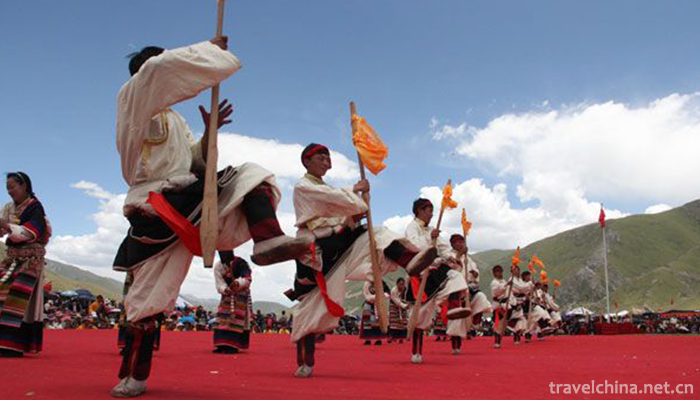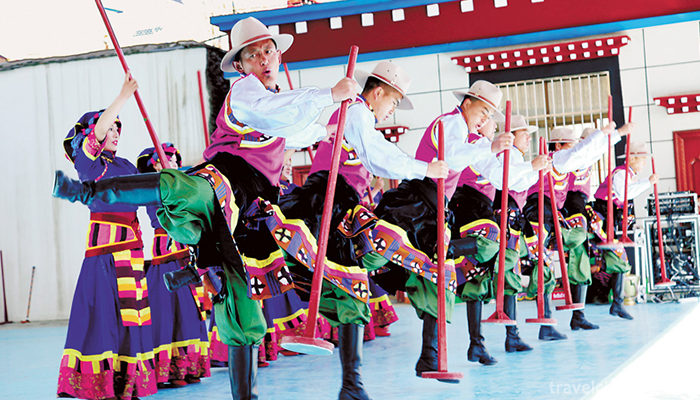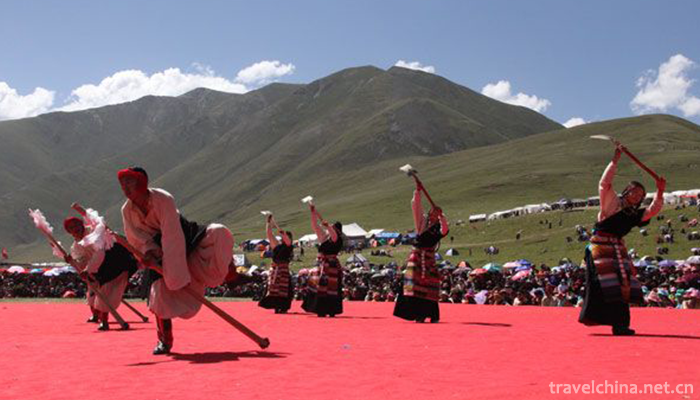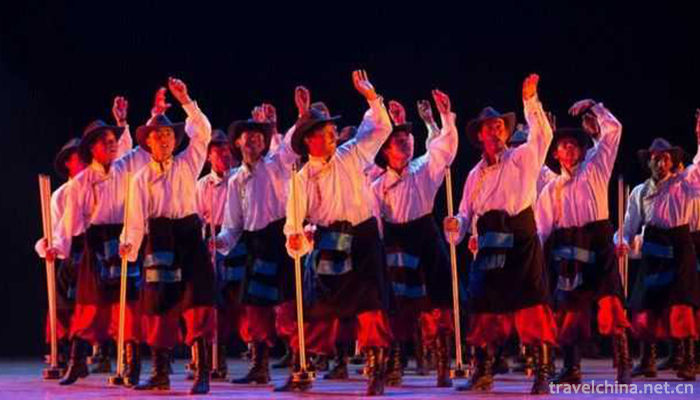2018-10-18

- By ChinaWiki.net
- Chinese Edition
- 2019-03-29
A harmonic
A harmonic, also known as Dabu Ah Hsiang, means "the song of laborers", originated from a form of labor called "Da Ah Hsiang" among Tibetan people.
On June 7, 2008, the Ah Harmony declared by Tibet Autonomous Region, such as the county, was listed in the second batch of national intangible cultural heritage list with the approval of the State Council. The serial number is 681 III-84.
historical origin
"Ah" is a kind of concrete-like building material used in the traditional Tibetan construction industry to lay the interior surface and roof. When building a house, young men and women work, sing and dance, and use unique tools to consolidate the "Ah" soil. Form is a combination of singing and dancing, strength and skills. It not only entertains the body and mind, but also exercises the body in a distinct rhythm.
Inheritance significance
"Ah Harmony" and "Strong Harmony" are two traditional Tibetan folk dances, but also an ancient way of labor. This artistic form integrates labor and dance, and endows them with a real sense of coexistence and coordination.




Ask a Question
Your email address will not be published.


0 Questions